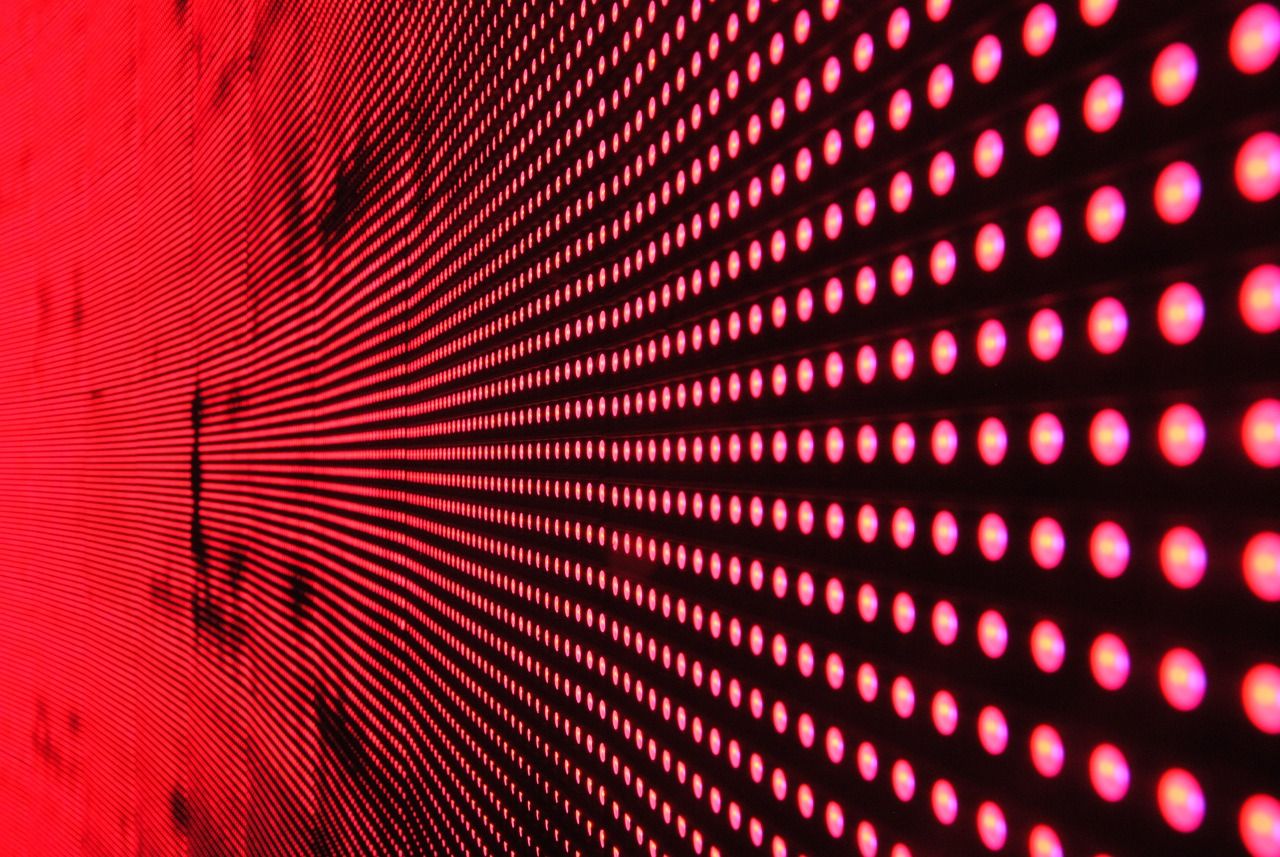Red Light: An Unexpected Remedy to Control Blood Sugar Levels
Published by Cédric,
Article Author: Cédric DEPOND
Source: Journal of Biophotonics
Other Languages: FR, DE, ES, PT
Article Author: Cédric DEPOND
Source: Journal of Biophotonics
Other Languages: FR, DE, ES, PT
Follow us on Google News (click on ☆)

Illustration image Pixabay
Mitochondria, the powerhouses of cells, use oxygen and glucose to produce adenosine triphosphate (ATP), a high-energy molecule. Wavelengths ranging from 650 to 900 nanometers have been identified as promoting ATP production, thereby reducing blood glucose. The research team, led by Dr. Michael Powner and Professor Glen Jeffery, explains that this improvement in ATP production may trigger signaling changes throughout the body.
In the study, 30 healthy participants were split into two groups: the first was exposed to red light at 670 nanometers for fifteen minutes, while the second wasn't exposed to any specific light, before undergoing a glucose tolerance test. The results showed a significant reduction in blood glucose levels in the first group, with a decrease of 27.7% after glucose ingestion and a reduction of 7.5% in the maximum glucose peak.
Dr. Powner, the lead author of the study, emphasizes that although these results were observed in healthy individuals, they could have significant implications for diabetes management in the future. He suggests that this non-invasive technique could help reduce harmful blood sugar fluctuations after meals, which is crucial for the health of diabetics.
Professor Jeffery warns about the negative effects of prolonged exposure to blue light, which is widely present in our modern environment due to the widespread use of LEDs. He explains that blue light, in the absence of red light, can disrupt physiology and contribute to blood sugar disorders, potentially exacerbating the risk of diabetes and associated health problems.
This discovery raises questions about modern lighting and its impact on human health. The researchers call for awareness about the potential effects of light on metabolism and blood sugar regulation, highlighting the importance of maintaining an adequate balance between different wavelengths in our daily light environment.